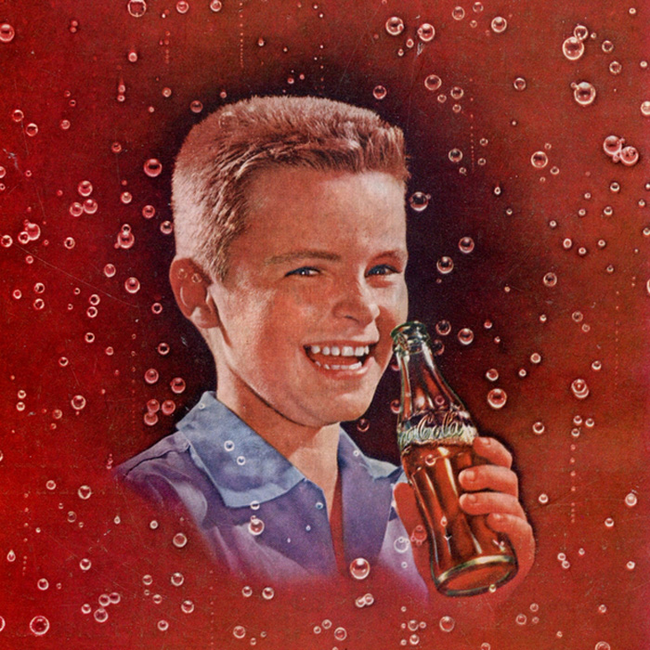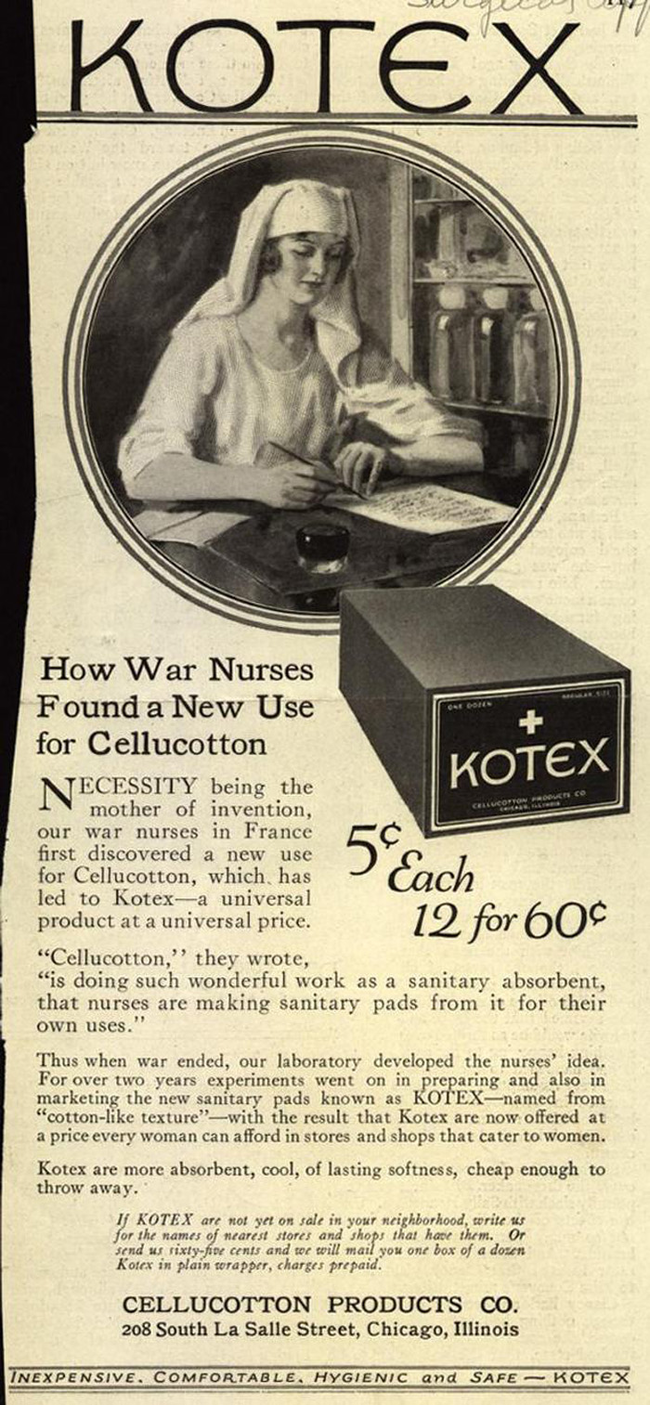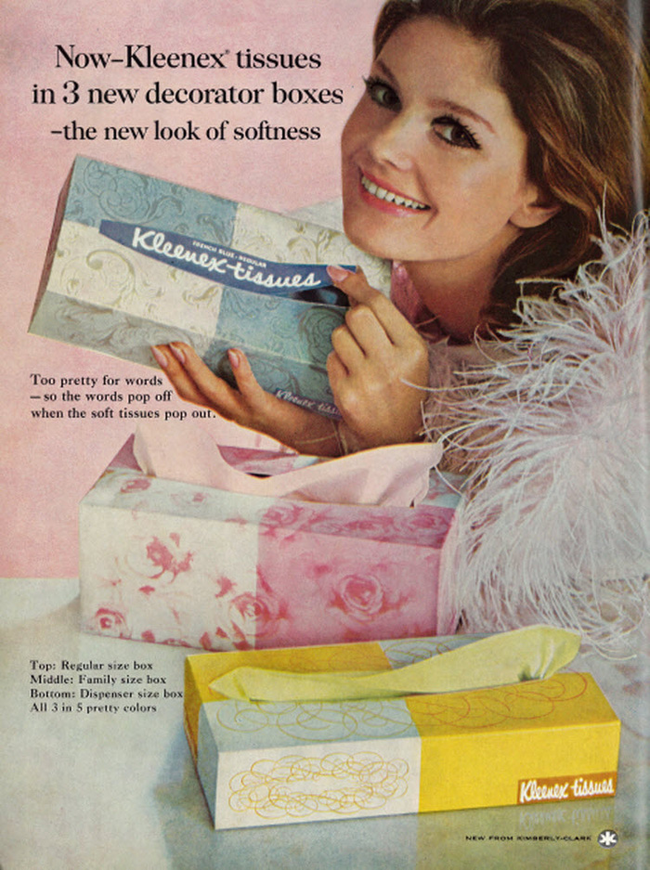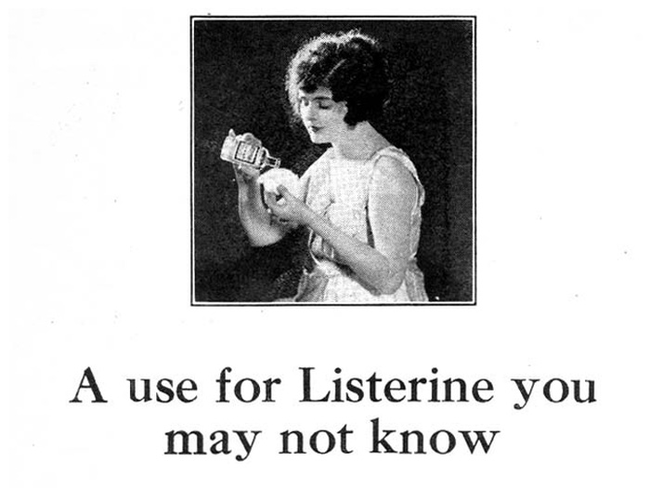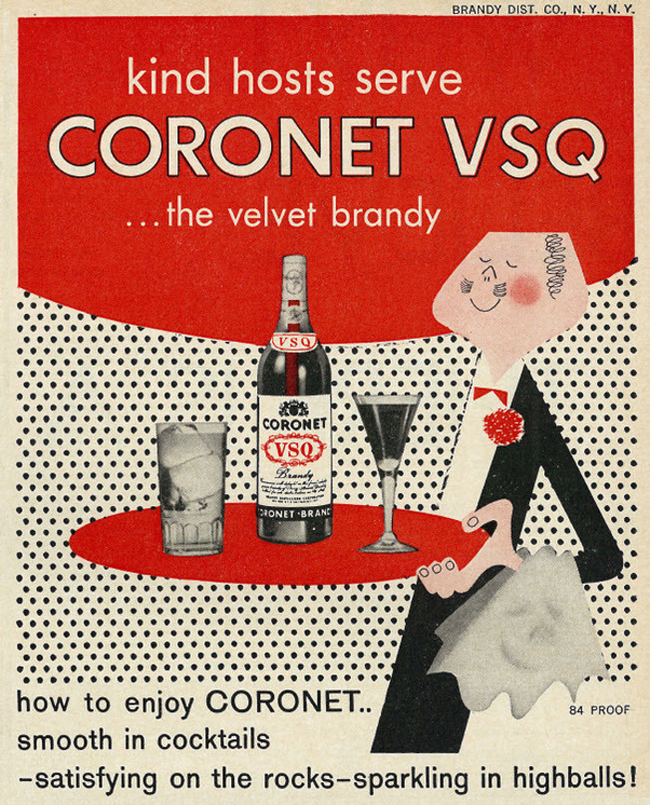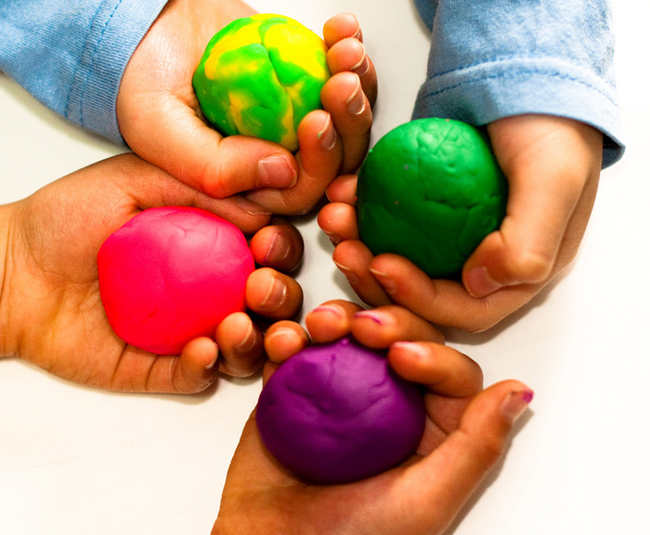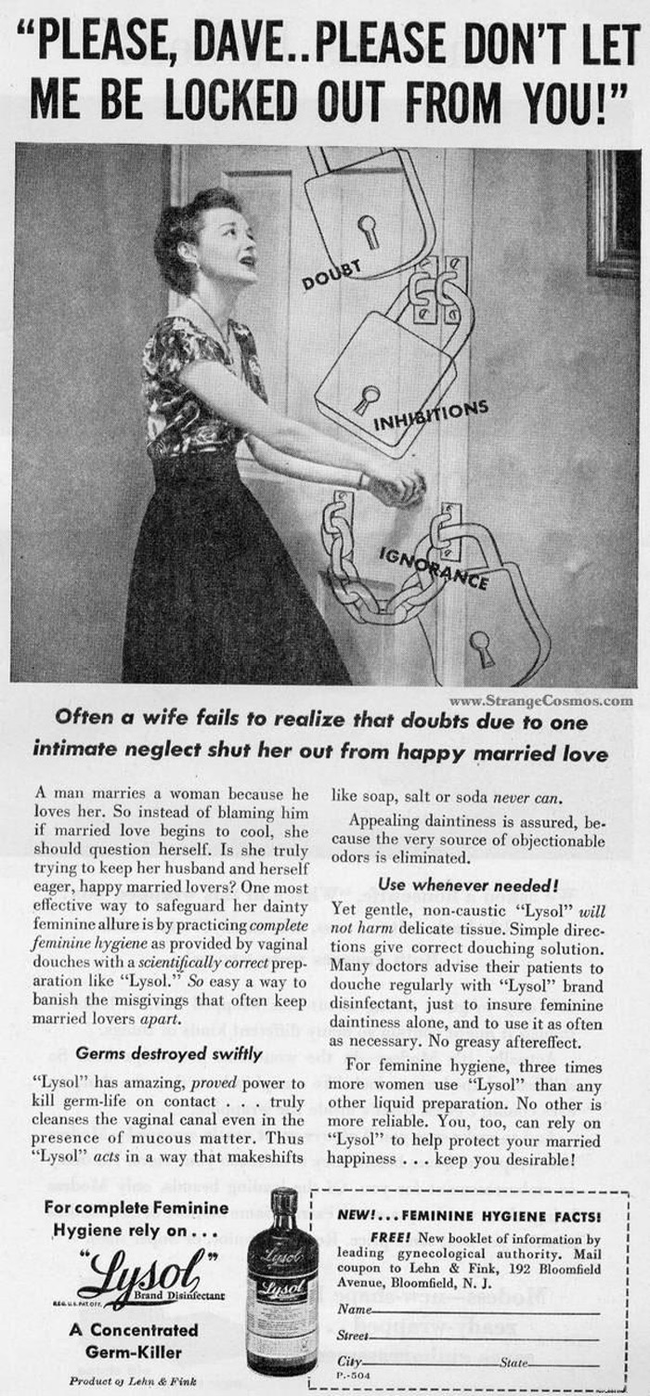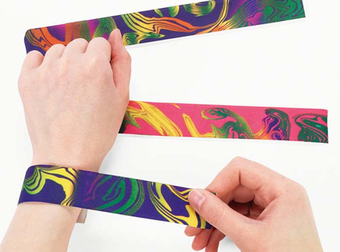When things don’t turn out like you expected them to, it can be very frustrating. But for these products many of us use on a daily basis, it’s actually a good thing. You probably don’t realize this, but many of the products you use every day were “happy accidents.” Even your favorite childhood toys like the Slinky or Silly Putty were originally intended to be industrial products.
Each of these items were meant to be used in incredibly different ways when they were first created… it’s a good thing someone looked into them a little further.
1.) Coca Cola: The world’s most popular cola was originally invented by John Pemberton, a Confederate veteran of the Civil War, as an alternative to his own morphine addiction, claiming it treated the headaches and anxiety of withdrawal. It contained alcohol and was infused with coca leaves, dubbed Pemberton’s French Wine Coca. It would be another twenty years before they sobered it up and added the bubbly effervescence enjoyed by all today.
2.) Kotex: The Kimberly-Clark company made these new surgical dressing out of the new material, Cellucotton, during World War I. As well as working great for wounded soldiers, Red Cross nurses discovered it was equally as helpful during that special time of the month.
3.) Kleenex: Another Kimberly-Clark, this time using their excess supply of Cellucotton to create the thin, disposable tissues which were marketed at the time as “the new secret of keeping a pretty skin as used by famous movie stars.” Sneezing apparently became a bigger issue than cold-creme application around 1930.
4.) Nalgene: The popular water bottle was originally developed in upstate New York as a new type of laboratory container lined with polyethylene in order to withstand high temperatures without being as fragile as glass. In the 1970s, Nalgene president Marsh Hyman heard how some of the scientists were getting use from them outside of the lab as a way to stay hydrated while hitting the trails. After testing the theory out for himself with his son’s Boy Scout troop, the water bottles would soon be marketed as an outdoorsy favorite.
5.) Bubble Wrap: The pop-tacular padding was originally designed by engineer Al Fielding and Swiss inventor Marc Chavannes as textured wallpaper. Unfortunately, that trend didn’t take off like they had hoped, but in 1959 IBM announced their new computer which inspired Fielding and Chavannes to offer their invention as packaging material for the sensitive tech.
6.) Listerine: 135 years ago, the mouthwash was invented as a surgical antiseptic and…cure for gonorrhea. Yikes. In the late 1800s it was recommended “for sweaty feet, and soft corns, developing between the toes.” In the 1920s, it finally found its niche as the germ-killing mouth rinser.
7.) Brandy: Around 900 years ago, wine merchants would boil water off of their large shipments in order to keep the cost per volume low on custom taxes. Eventually, someone gave the byproduct a sip and discovered it was a delightfully smooth beverage all on its own!
8.) Play-Doh: In the 1930s, soap manufacturer Cleo McVickers thought he’d discovered a new way to clean wallpaper with his doughy invention. 20 years later, his son Joseph added a dash of color to the clay-like concoction and marketed it to youngsters who embraced its more creative uses.
9.) Lysol: The powerful cleaning product had a much more, ahem, intimate intention when it first hit the market…And featured highly misogynistic advertisements on top. Sheesh.
10.) Viagra: The infamous little blue pill was originally intended to treat symptoms of heart disease such as hypertension and angina. However, during initial clinical trials they discovered it did little to help in that matter of the heart but did have a more amorous side effect.
11.) Propecia: The popular follicle-inducing prescription got its start in the 1990s as a treatment for the benign enlargement of the prostate. After five years, the hair-growing side effect was embraced by balding men everywhere.
(via Mental Floss.)
I will never look at Lysol the same way again, but it definitely goes to show you how any failure can be turned into a success.
